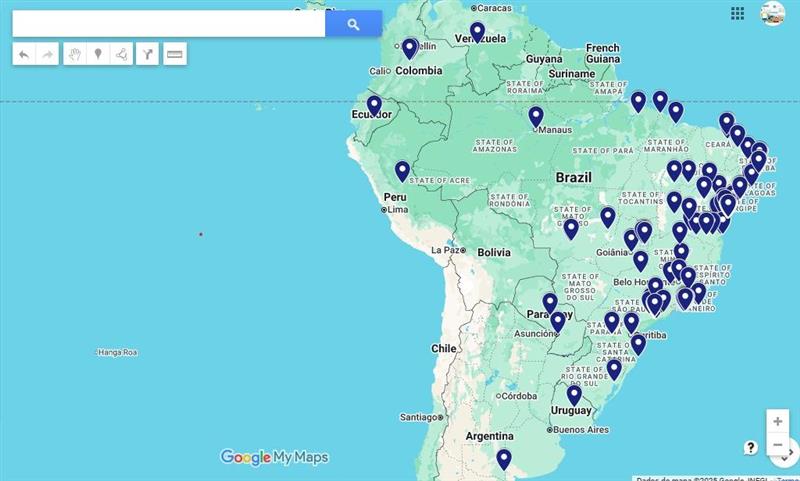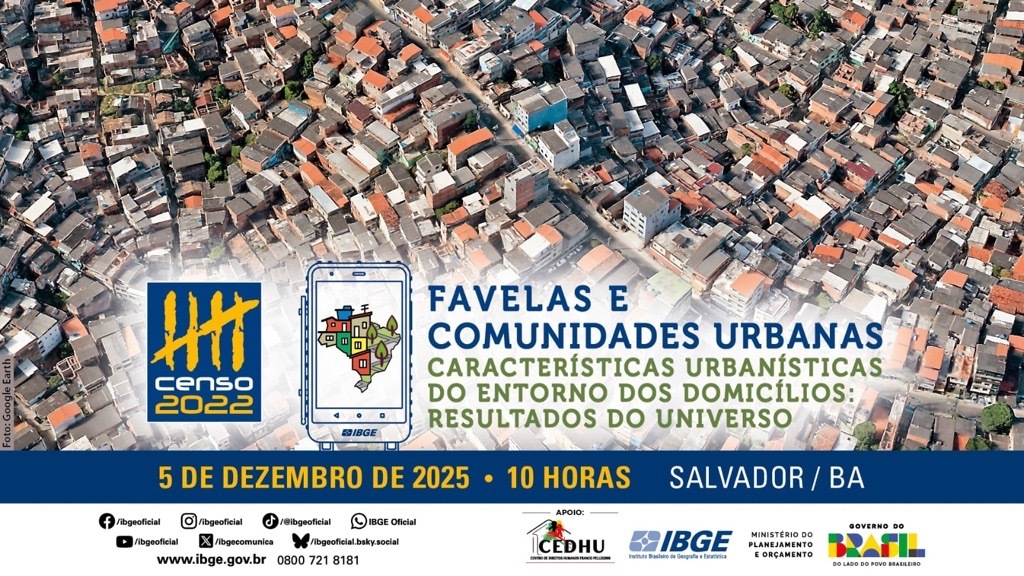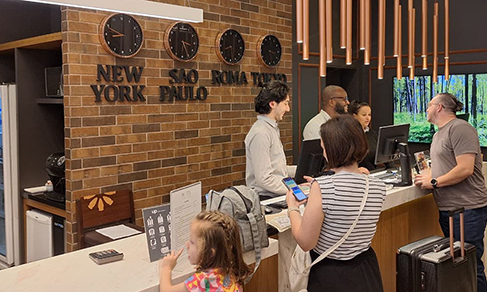Summary of Social Indicators
Despite emergency benefits, 1 out of every 4 Brazilians were living in poverty in 2020
December 03, 2021 10h00 AM | Last Updated: December 03, 2021 10h58 PM
Highlights
- About 12 million persons lived in extreme poverty and more than 50 million lived in poverty.
- In comparison with 2019, the percentage of the population living in extreme poverty and in poverty decreased, from 6.8% to 5.7% and from 25.9% to 24.1%, respectively.
- Without social programs, the percentage of persons living in extreme poverty and poverty would be the highest in the entire series, and reach, respectively, 12.9% and 32.1% in 2020.
- And the incidence of extreme poverty and poverty would have increased from 2019 to 2020.
- Among age groups, children of up to 14 years of age recorded the highest percentgae of extreme poverty (8.9%) and poverty (38.6%). The highest incidences of poverty (31.9%) and extreme poverty (7.5%) were among black or brown women.
- Half (49.4%) of the persons in extreme poverty lived in the Northeast.
- Gini Index of 2020 would have changed from 0.524 to 0.573 without social programs.
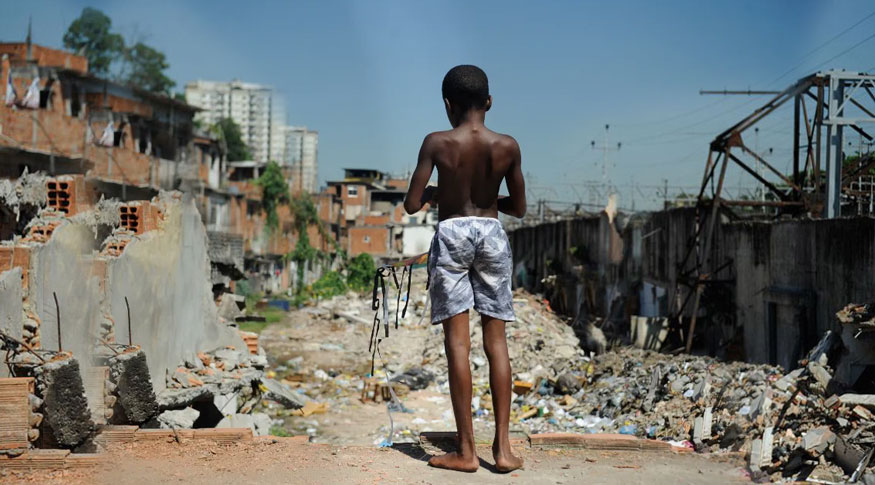
About 12 million persons lived in extreme poverty in Brazil in 2020, that is, on less than R$155 reais a month, and more than 50 million, 1 out of every 4 Brazilians were living in poverty, with less than R$450 per month. These data can be found in the Summary of Social Indicators, released today (03) by the IBGE.
The Institute used, in this analysis, parameters adopted by the World Bank of US$1.90 for extreme poverty and of US$ 5.50 for povert, in terms of Purchasing Power Parity ,at international prices of 2011, among other poverty thresholds used for differente purposes in the country.
“When we mention poverty, in this study, we mean monetary poverty, that is, due to an insufficient income, without considering other dimensions, such as access to adequate education, health and housing,” explains Barbara Cobo, IBGE analyst.
The incidence of extreme poverty in 2020 was stable in comparison with that of 2012, start of the series, and increased from 2014, year that marked the lowest level of the indicator, and fell against the 2019 result. The proportion of persons living in poverty in 2020 fell against 2012, was leveled off against 2014 and dropped against 2019.
It is worth pointing out that this behavior varied significantly among the Major Regions. Considering the threshold of US$ 5.50, for example, the North and Northeast recorded decreases against 2019, whereas the South, Southeast and Central West were leveled off. Brazil’s performance was influenced by results in the North and Northeast,” Ms. Cobo adds.
For the first time, the IBGE assessed the impact of social programs on the incidence of poverty and extreme poverty in the country. In a hypothetical scenario without benefits paid, from 2012 to 2019, the proportion of persons living in such conditions would be at a level 2 to 3 percentage points higher, but the behavior of the indicator would be the same.
Nevertheless, in 2020, year affected by the coronavirus pandemic, the impact of granting of social programs is magnified: the difference of levels with and without benefits would be of 7.2 percentage points for extreme poverty and of 8.0 percentage points for poverty. Also, there would be a reversal in the behavior of the indicator in comparison with the previous year, and the proportion of persons living in extreme poverty and poverty would have increased instead of decreased.

For Cobo, that shows that “indeed, emergency benefits were a way to reduce the severe impacts of the crisis on the vulnerable population, by including Bolsa-Família beneficiaries and expanding the target public for the program. The initial amount paid as Emergency Aid, R$600, for example, was three times higher that the average amount paid by Bolsa-Família right before the beginning of the pandemic and, because of that, the impact on household income was bigger.”
Women, blacks or browns and children aged up to 14 face highest extreme and extreme poverty rates
The study showed characteristics of the poor population: women, blacks or browns and children up to 14 years of age were the population groups with the highest poverty and extreme poverty rates. The highest incidence of poverty (31.9%) and extreme poverty (7.5%) were among black or brown persons.
Also, families with a female head of households were black or brown, without a spouse and with children under 14 yearshad highest poverty levels: 17.3% of the residents of these arrangements had household income per capita below US$ 1.90 and 57.9%, below US$ 5.50 per day.
Granting of social programs in 2020 also prevented inequality to expand during the crisis: differences between the rates by color or race more than double when benefits are not paid, and black or brown women reacha level of poverty of 42.4%.
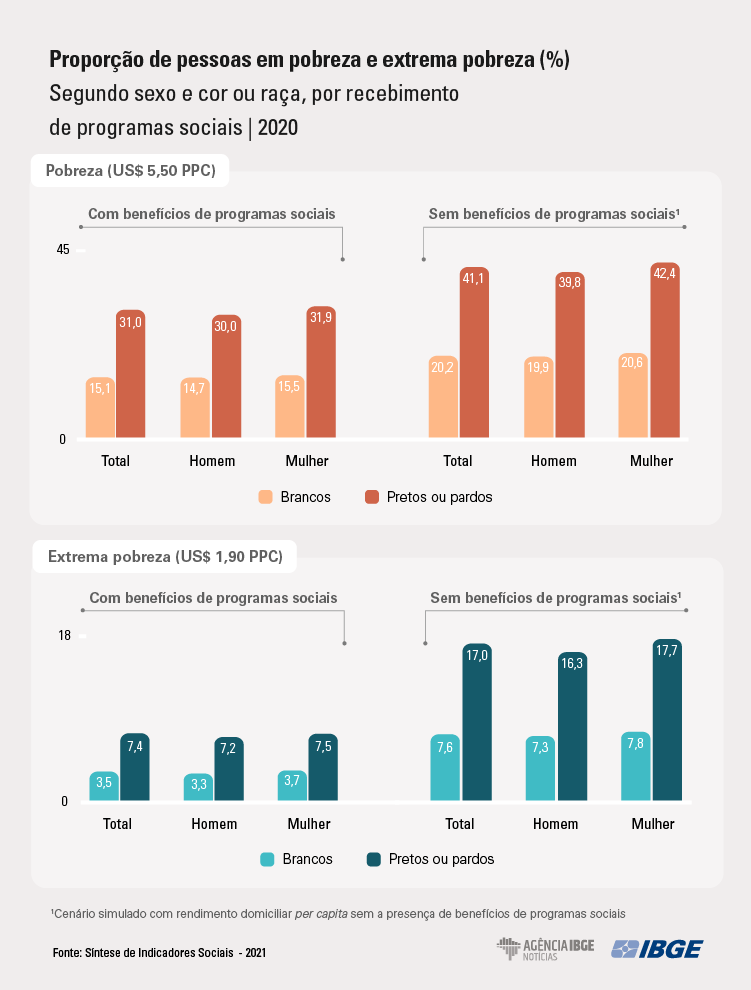
“The eligibility profile of the Emergency Aid encompasses the poorest population, who are more vulnerable and those doing informal work who are, historically, mostly black or brown. In this respect, by transfering more resources to black or brown persons, for example, it is possible to reduce inequality. Even considering the Aid, the incidence of extreme poverty and poverty among blacks or browns is more than two times that observed among white persons,” Ms. Cobo explains.
Half of the persons living in extreme poverty live in the Northeast
The Northeast Region was the one with most persons living in extreme poverty and poverty. In spite of accounting for 27.1% of the Brazilian population, almost half (49.4%) of the persons living in extrme poverty and 45.5% of the persons living in poverty were residents of this Major Region.
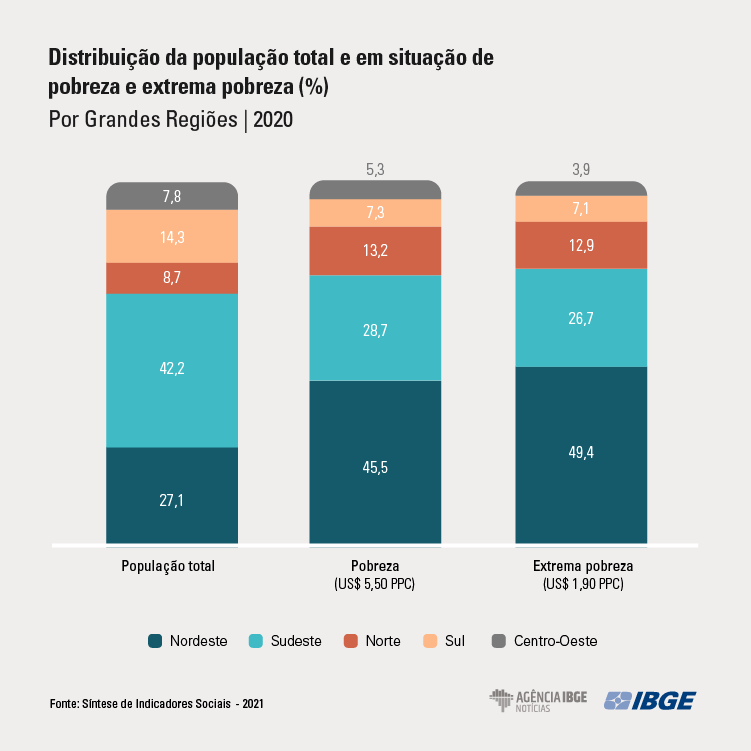
Against 2019, the incidence of extreme poverty fell in the North (from 11.9% to 8.5%) and Northeast (from14.2% to 10.4%); leveled off in the Southeast (from 3.3% to 3.6%) and Central West (from 2.8% to 2.9%) and increased in the South Region (from 2.3% to 2.8%).
“Earnings in the North and Northeast are historically lower than those in the South and Southeast. Since the Emergency Aid is paid as a same amount nationwide, the impact on inocme tends to be more significant in these Major Regions. The highest levels of informality can be found in the former Major Regions, that is, more persons are benefited as well,” Ms. Cobe explains.
Gini Index of 2020 would be of 0.524 instead of 0.573 without social programs
The Gini index, indicator that measures income distribution, stayed at 0.524 in 2020, and recorded a decrease of 3.7% in relation to 2019 (0.544). Without social programs, however, the Gini index of 2020 would be of 0.573, with an increase of 2.3% in relation to 2019 (0.560). In the Northeast, without benefits, the Gini index would have increased by 4.5%, with a change from 0.598 in 2019 to 0.625 in 2020, whereas, with benefits, the index fell by 6.1% (from 0.560 to 0.526).





